
Poonawalla Towers by Amar Builders Bund Garden Pune Commercial Project
Bund Garden Road,Pune
Pune
It becomes imperative to gauge our role in promoting sustainable living for the betterment of not only ourselves, but also for future generations, believe our experts.
Sustainable living or green living has become the norm in the construction industry today. Particularly, women architects are spearheading the green movement in the industry as they believe that the advantages gained out of these homes are not only immense but also life-altering, as it positively impacts the community we are living in.
Also, if we build green homes over conventional buildings, they go beyond saving the energy and cost for the owners - they actually provide 'value' to the end-users.
Creating awareness - a priority:
"We need to spread awareness w.r.t green buildings and the pros attached to them, as a lot of people even today, harbour apprehensions about the same. Green buildings not only ensure that we lessen our carbon footprint, but also that we live a longer, healthier and safer life. The key is to develop the right attitude and educate the masses about the need for a holistic living (so that they are convinced to invest in green buildings)."
The architecture should complement the local climate:
"Buildings use more than 40 percent of the global energy. Achieving reductions from 'standard' levels is possible through a continuous and reductive process. Every design solution must respond to the requirements of the local climate. For instance, the setting out of a building on a site crucially decides its interior's thermal comfort and energy consumption. Materials have a spectrum of thermal insulation properties, from being natural heat sinks to those that radiate heat. Day light reduces lighting power loads and skillful architecture balances that ingress with the glare of direct light. The inclusion of shades, verandas and courtyards in design solutions with other passive architectural elements further improve internal comfort."
Attain green certification:
"The first principle of green architecture is to ensure that an integrated process is followed to take advantage of the bio-climatic conditions and technology options. Additionally, it is important that developers apply for green certification, if they are building their homes on the green principle, as they can gain benefits and earn maximum points out of it. Also, they can avail the latest technology at their disposal, which can help them build sustainable buildings at a cheaper cost."
A cost-effective option:
"It is established that green buildings have almost 10-15 percent lower maintenance cost as compared to other projects. Also, indoor air pollution is upto ten times worse than outdoor air pollution. As we spend most of our times indoor - either in office or home, we are subjected to it every day. The main source of indoor pollution are volatile organic compounds, (read: paints, fabrics, cleaning materials, etc). Hence, when green homes are designed, special focus is laid on Indoor Air Quality (IAQ), the usage of materials like low VOC paints and designing buildings equipped with better cross ventilation to avoid 'sick building syndrome'."
Promote sustainable living:
"Developers should use locally sourced materials instead of elements that have a harmful impact on the environment. Also, incorporate solar panels on the terrace as they will help not only reduce the energy cost, but also contribute towards the betterment of the environment."

Poonawalla Towers by Amar Builders Bund Garden Pune Commercial Project
Bund Garden Road,Pune

Nyati Emporius Baner Office Space Showroom
Baner,Pune
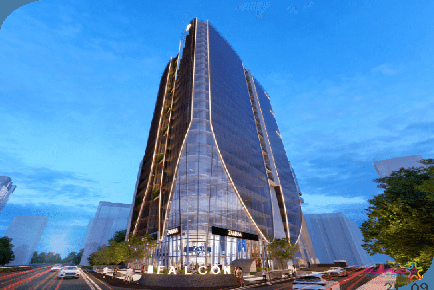
M RAMANUJAN BY MALPANI BANER PUNE COMMERCIAL PROJECT
Baner,Pune
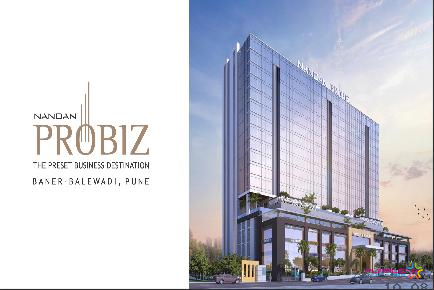
Nandan PROBIZ Balewadi Pune Commercial Project
Balewadi,Pune
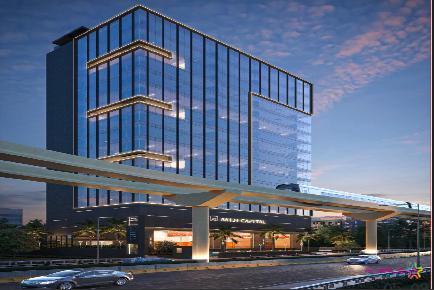
Aaiji Capital Baner Pune Commercial Project For Lease
Baner,Pune
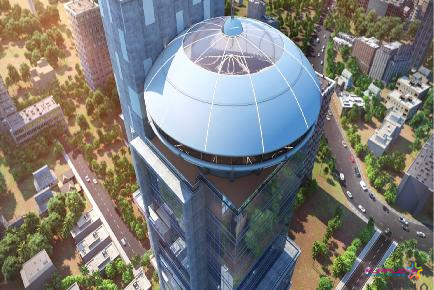
Bellissima Baner Pune Commercial Project For Lease
Baner,Pune
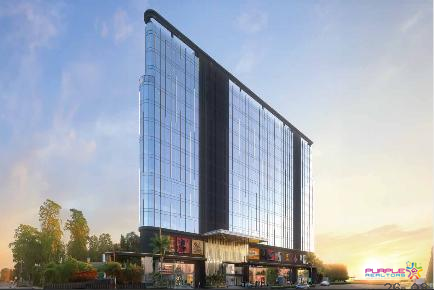
The Anthem by Banyan Tree Realty Anand Park Aundh Pune Commercial Project
Aundh,Pune

Sanas 27 West Balewadi Pune Commercial Project
Balewadi,Pune

SAI MILLENIUM PUNAWALE PUNE COMMERCIAL PROJECT
Punawale,Pune

45 Icon Baner Pune Commercial Office Spaces For Lease
Baner,Pune